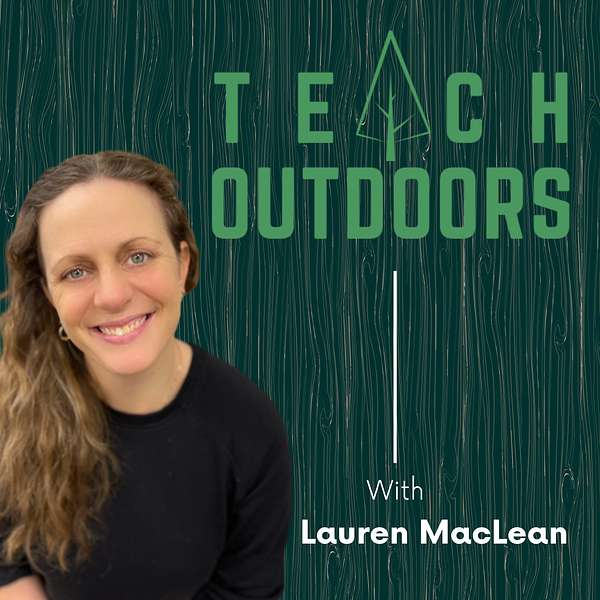
Teach Outdoors
Teach Outdoors
The Secrets of Birds and Plants with Jenna Rudolph
Our guest today is Jenna Rudolph who is the founder of Soaring Eagle Nature School. www.soaringeaglenatureschool.org
Today’s episode is sponsored by Wilderness Awareness School. They are committed to helping children and adults establish healthy relationships with nature, community, and self. They offer a variety of programs in the foothills of the Cascades, outside of Seattle.
Their 9-month immersion program is a transformative experience for adults, covering everything from self-discovery to survival skills. You can also learn to become a Coyote Mentor, their signature art of mentoring children in nature with their 9-month Nature Instructor Training.
Wilderness Awareness School also runs workshops and intensives, youth programs, and the Kamana Independent Naturalist Study Program. Learn more today at wildernessawareness.org.
We begin our conversation by talking about birds and bird language. Jenna recommends choosing 5 local birds and learn their songs, habitats, and what they like to eat. It’s a good idea to select ground feeders so that you’re more likely to see them.
We tackle many questions together:
Birds: How can we observe and use bird behaviour to tell us what’s happening in our environment? What do bird songs tell us? What about their alarm call? Do birds of different species communicate with one another? What is the relationship between food sources and locations of specific bird species throughout the year? What are the 5 types of bird language?
Did you know we can hear better when our ears are off-center? Tilt your head and you can hear better. A lesson we can learn from our local American Robins.
Local BC Birds: American Robin, Pacific Wren, Spotted Towhee, Dark Eyed Junco, Song Sparrow. They stay here on the coast all year round.
Plants: How can we get our learners more excited to learn about our local plants? What patterns do you see? Which plants produce fruit? Jenna shares an example of using a string of questions to use alongside her learners to help them observe different parts of plants to help identify it.
Local BC Plants: Dandelion, Plantain, Salmonberry, Blackberry
Novelty Nature Note:
Jenna shared her favourite forest tea recipe to make with her learners:western hemlock needles, douglas fir needles, licorice fern (sweetness!) and salal leaves. Boil and sit for 5 minutes.
I shared about thimbleberries. When you pick the red fruit, it leaves behind a core which looks like a thimble. Hence the name J